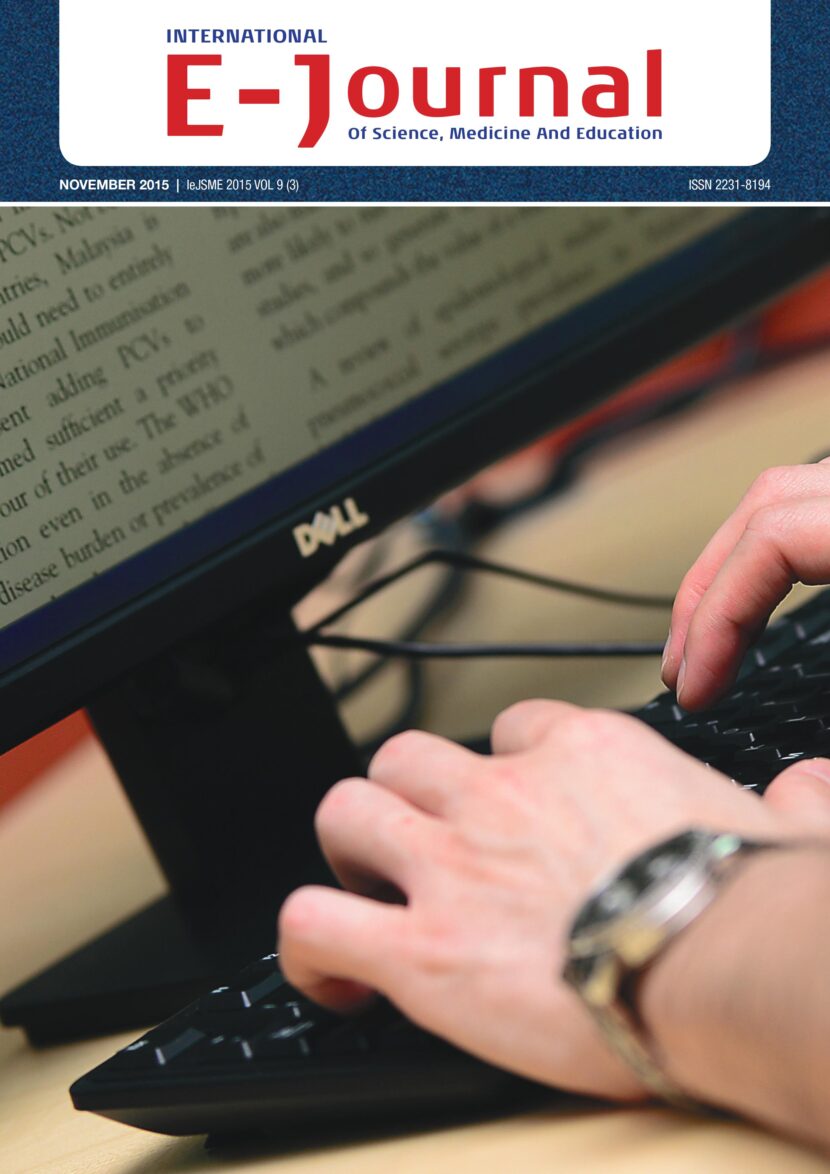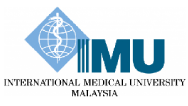A comparative study on how medical students learn about the use of abbreviations in medical practice
Authors: Farah Syazana Ahmad Shahabuddin, Nur Hazirah Ahmat, Ahmed Ikhwan Mohamad, Kit Mun Lau, Siti Aisyah Mohd Yusof, Pei Chiek Teh, Kwee Choy Koh.
ABSTRACT
Background: Misinterpretation of abbreviations by healthcare workers has been reported to compromise patient safety. Medical students are future doctors. We explored how early medical students acquired the practice of using abbreviations, and their ability to interpret commonly used abbreviations in medical practice.
Method: Eighty junior and 74 senior medical students were surveyed using a self-administered questionnaire designed to capture demographic data; frequency and reasons for using abbreviations; from where abbreviations were learned; frequency of encountering abbreviations in medical practice; prevalence of mishaps due to misinterpretation; and the ability of students to correctly interpret commonly used abbreviations. Comparisons were made between senior and junior medical students.
Results: Abbreviation use was highly prevalent among junior and senior medical students. They acquired the habit mainly from the clinical notes of doctors in the hospital. They used abbreviations mainly to save time, space and avoid writing in full sentences. The students experienced difficulties, frustrations and often resorted to guesswork when interpreting abbreviations; with junior students experiencing these more than senior students. The latter were better at interpreting standard and non-standard abbreviations. Nevertheless, the students felt the use of abbreviations was necessary and acceptable. Only a few students reported encountering mishaps in patient management as a result of misinterpretation of abbreviations.
Conclusion: Medical students acquired the habit of using abbreviations early in their training. Senior students knew more and correctly interpreted more standard and non-standard abbreviations compared to junior students. Medical students should be taught to use standard abbreviations only.
Keywords: Abbreviations, medical students, medical practice, medical errors, patient safety.
Citation: IeJSME 2015 9(2): 13-21


